We began fermenting wine and olives over 20 years ago, and we are still learning and experimenting with the many ways to use fermentation to produce delicious and healthy products.
It all began with the olives…
Our olives are fermented in their own wild microflora, with the addition only of Murray River Salt and natural grape acid (tartaric acid) to prevent the bad bacteria. The fermentation takes place slowly over winter, with the barrels burping away right into the spring into summer, sometimes taking as long as 18 months to complete. There is no substitute for time and there is no option of caustic soda for our olives. We then hand sort and bottle the olives in a fresh, delicious brine of Murray River Salt and Hazeldean Organic Apple Cider Vinegar – the best in Australia!
Our olive oil is not pressed on the farm, we send the olives a few km down the road to a press at Billimari, where they are gently pressed, at low temperature (<24degC). We get the oil back in bags, pump it into a stainless steel blending tank, and let it settle for a few months. Then we can bottle it without filtration. Filtration is convenient when you need to bottle quickly, but we believe filtration makes the oil taste too clean and bland, like any other vegetable oil. Being unfiltered means it has more mouth feel and texture, body and fruit character.
Then it grew into natural winemaking…
Like our olives, our wines are also fermented with wild yeast, wherever possible, and bottled without fining, filtration, sulfites or myriad other additives used in modern wine. As you can see from our vintage videos from 2021, and from our last article on organic wine from 10 years ago, we are constantly learning, and the more we learned about modern winemaking additives and processes, the more we questioned whether they are really necessary or best for the wine. Here are some of our thoughts on natural wine fermentation and various additives:
Wild Yeast vs Commercial Yeast: We prefer to use “wild yeast” meaning the fermentation is achieved through the 500-or-so strains of yeast that occur naturally on the skin of organic grapes. They can be slow to kick off, and they can be slow to complete the fermentation, which is why most winemakers like to use fast, efficient and purified strains of commercial yeast, which also give the option of all sorts of aromas and flavours. However, we have made several wild yeast wines over the last 8 years and they can be nerve-racking but also very satisfying. In 2021 we made three wild fermented wines, and in 2022 all 12 ferments were on wild yeast with only a couple needing commercial yeast to help them finish off dry.
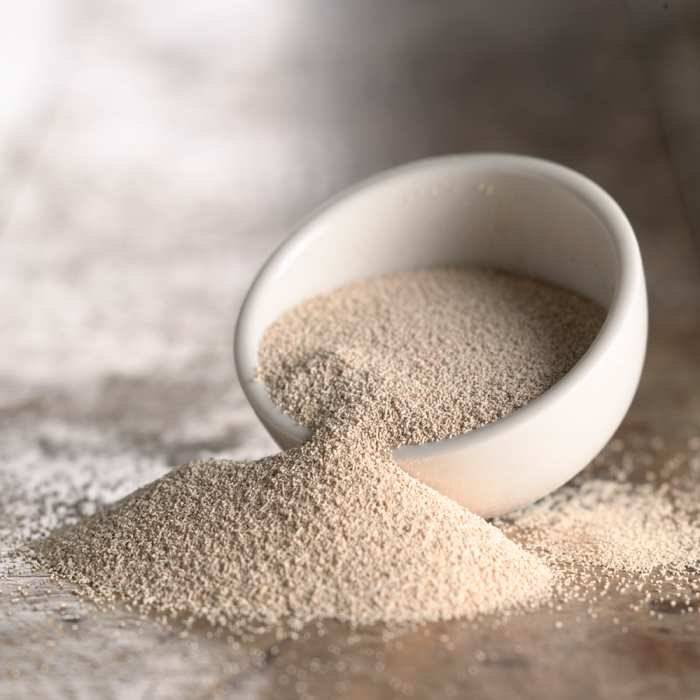
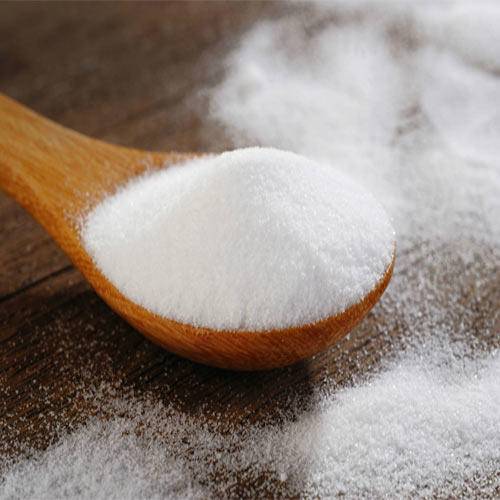
Sulfites vs Preservative Free: Since 2021, all our wines are preservative free. Previously we used to argue that sulfites have been used for centuries as an anti-bacterial and anti-oxidant additive, and they are allowed in organic wine, but any winemaker knows they are not “natural”, and to take care using them, especially when blended with acid, as they can cause severe asthma or other reactions if inhaled. More important, when you ingest sulfites in your food and wine, what do they do to your microbiome, and if you have an allergy, to your immune system? Sulfites are the most toxic additive permitted in wine (including organic wine, except in the US standards). Apparently, the Romans didn’t use sulfites in their wine, because they didn’t use barrels, and they were first used in France to sanitise barrels. Rather than adding sulfites, we sanitise with steam, protect the juice and wine from oxygen with inert gas. We also use hyperoxidation of white juice pre fermentation, which gives the wine longevity through the early removal of the oxidisable parts.
Fining Agents: We now make all our wines without fining agents. Traditionally, they are animal proteins: milk, egg, isinglass or gelatine, and in French they are called “colle”, which means “glue”. Proteins added to wine (as well as other minerals such as bentonite or charcoal) stick like glue to certain flavours and binding them, before sinking to the bottom of the barrel or tank and being “racked off” the wine (hence technically not an “additive”). Many wineries now use “vegan” fining proteins derived from peas, potato. Others use Polyvinylpolypyrrolidone (PVPP), which is a polymer (plastic) used to reducing polyphenol content, and not allowed in organic wine although it is “vegan friendly”. Yeast based fining agents such as yeast hulls and mannoproteins, and tannins, can also protect from oxidation. Other than PVPP, these are natural additives, and they are allowed in organic wine, but fom a natural winemaking perspective, they are like using photoshop to touch up your picture – the more you use them, the more all wines look the same, stripped of their real character.
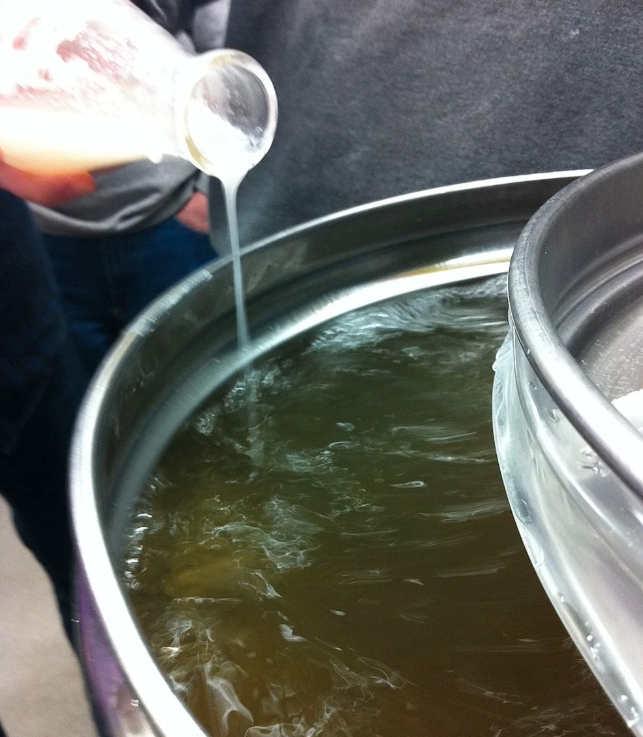
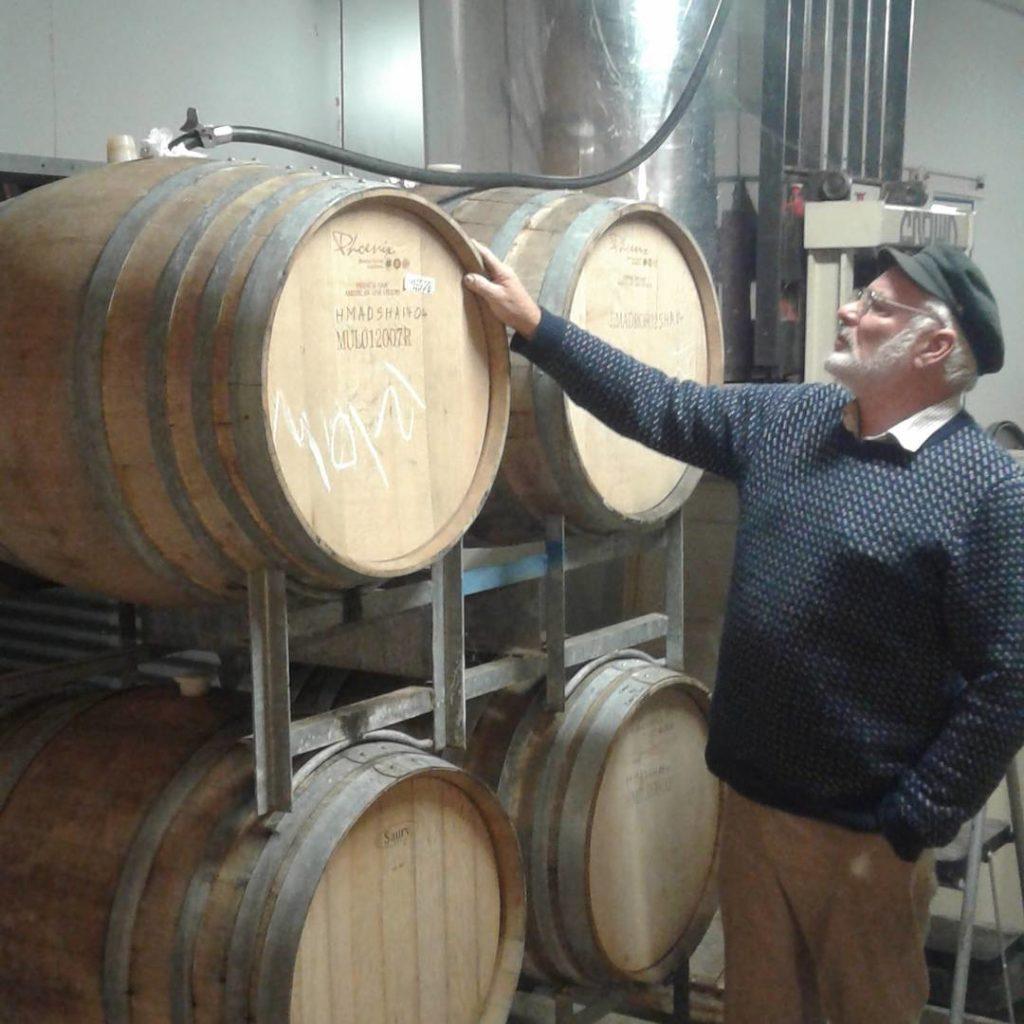
Oaked vs unwooded: For 12 years we held the opinion that using oak takes away the “authenticity” of a wine. That is, oak is a flavouring that can hide the true flavours of the “terroir”. Over time, we came to realise that careful use of oak, perhaps only in small portions of the overall blend, can give the gentle oxygenation and soft tannins that can actually enhance the wines expressiveness of terroir. Besides, in the traditional concept of terroir, the human component of winemaking tradition is included. We spent time tasting different oak toasts and forests to ind the ones that best matched our wines. Now, after 9 years, our barrels are mostly old, large format (300-600litre), and “neutral”, and we would purchase a new barrel only to produce reserve style wines such as the Grand Mere, Grand Pere and Triple Blend.
Cold Stabilisation: If, when a bottle of wine is chilled, it forms small hard pieces of sediment, it is because the wine’s natural dissolved potassium tartrate has formed crystals. These are sometimes called “Wine Diamonds” or “Cream of Tartar”. Mainstream winemakers prevent them by adding more Cream of Tartar to the wine, then almost freezing it, and then filtering it. Not only using a lot of energy in the process, but also not always achieving stability. So, we do not cold stabilise our wines any longer. Our view is that these crystals are simply an indicator of a naturally made wine, they are harmless and tasteless.
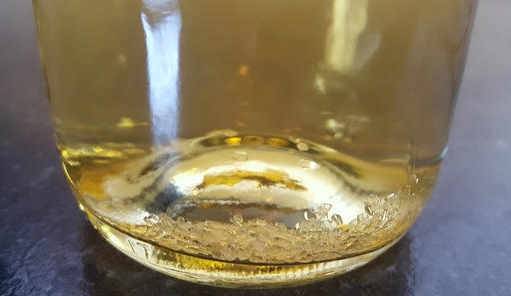
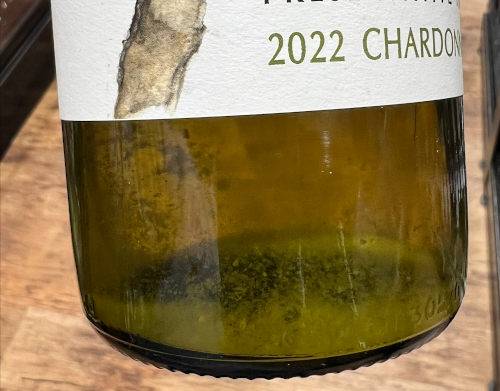
Heat Stabilisation: If, when heated, a bottle of wine becomes hazy, it is because of the precipitation of soluble proteins, known as “protein haze”. Mainstream winemakers combat this by adding sodium bentonite during or after fermentation. However, its is not always effective, as there are many factors at play. We believe that natural winemaking, especially the non-use of sulfites and protein-releasing pectin enzymes, helps reduce the unstable protein content, and ageing on lees and the presence of a small amount of lees in the bottle also helps, and so we no longer add bentonite to our wines. If a wine does go hazy, it doesn’t affect the flavour, and the bottle can either be “rolled” to mix it or well chilled and gently poured with most of it staying at the bottom of the bottle.
Filtration: As explained above regarding olive oil, we believe that heavily filtered wines can look too polished and sterile (literally, they are sterile-filtered). Today, many consumers don’t mind if a wine is slightly cloudy, as long as it doesn’t affect the taste. From our point of view, the small amount of wine lees in our unfiltered wines are a natural source of phenolic compounds, which have important antioxidant and biological properties. Wine lees are traditionally used for wine ageing, where the breakdown (autolysis) of the yeasts, after cell death, leads to the release of cellular proteins, nucleic acids, lipids, and polysaccharides, improving the quality of wine by reducing astringency and bitterness and improving its structure, color stability and aroma.
